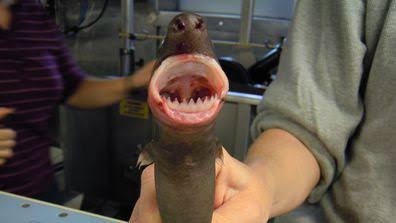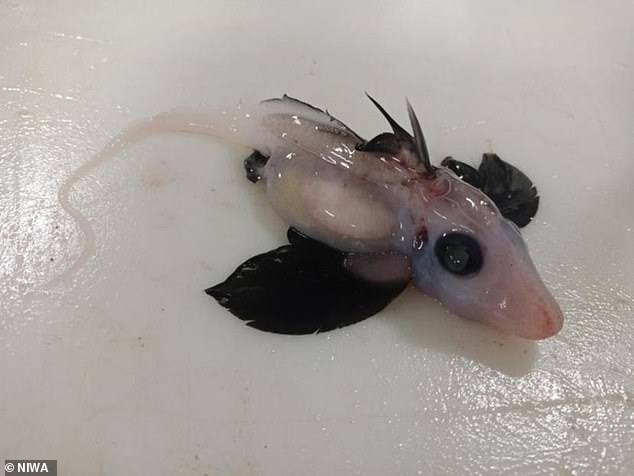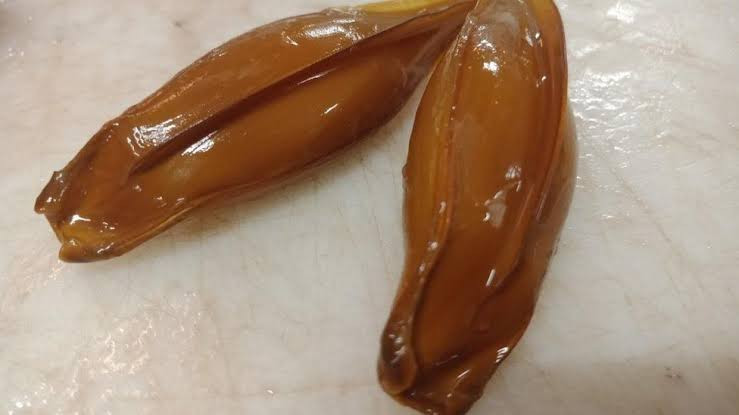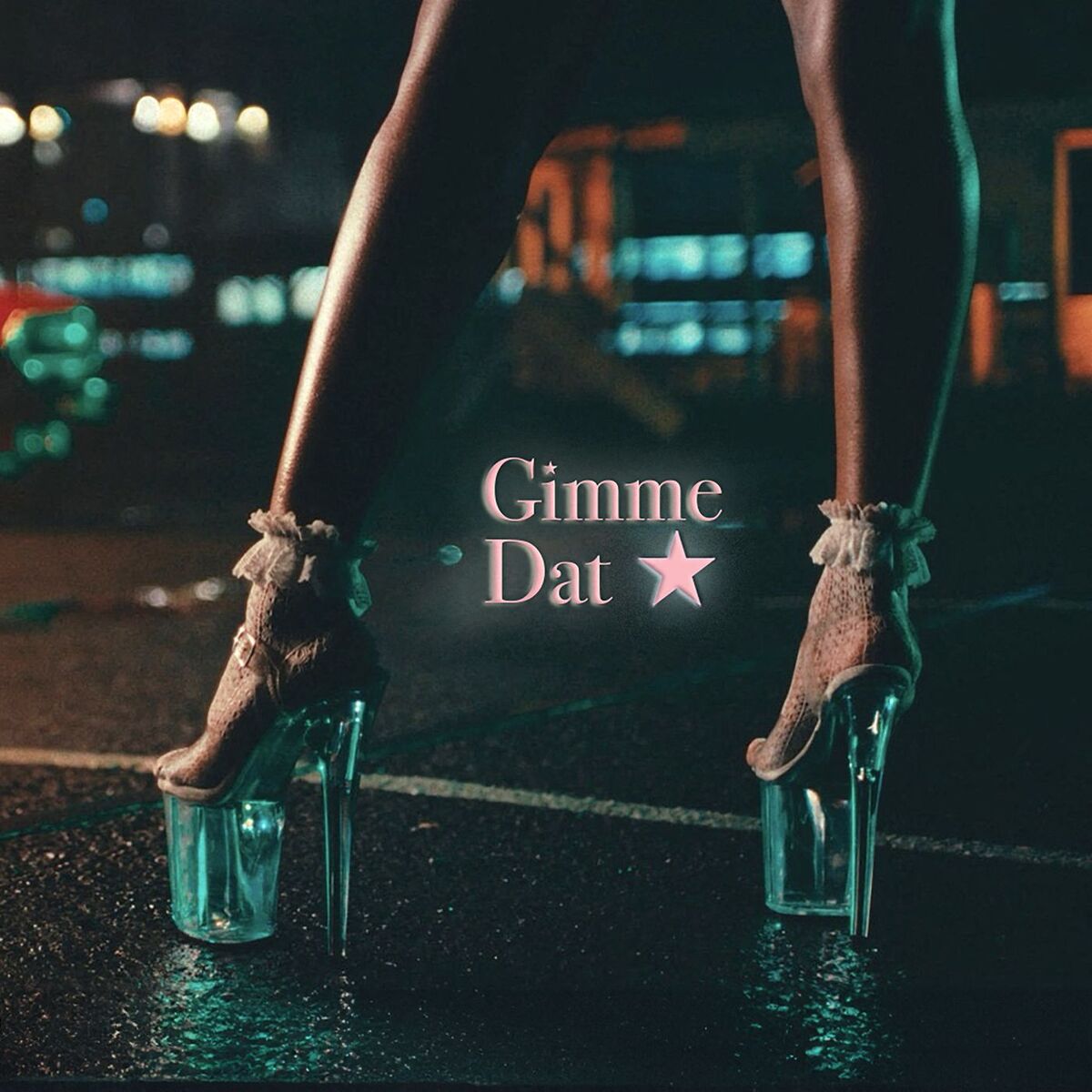Scientists discover rare baby ghost shark in New Zealand

Scientists have discovered a rare baby ghost shark, a little-known species of fish that lives in the shadowy depths of the ocean, in New Zealand
Ghost sharks also known as chimaera are rarely or almost never see , and sightings of their young are even more uncommon.

But scientists have shared photos of the newly-hatched shark collected at a depth of about 1.2km (0.7 miles) underwater near the South Island.
Calling it a “neat find”, Dr Brit Fanucci, a member of the team, said the discovery was made by accident while conducting a research trawl of underwater populations.

“Deep water species are generally hard to find, and like ghost sharks in particular, they tend to be quite cryptic,” she said to the BBC.
“So we just don’t see them very often.”
Ghost sharks are not actual sharks, but a species of fish closely related to sharks and rays. They are cartilaginous – meaning their skeletons are primarily composed of cartilage – which gives them an eerie, ethereal quality.
Most species of ghost shark inhabit the deep sea, although a handful of species prefer to live in shallow coastal waters.
The embryos of ghost sharks develop in egg capsules laid on the sea floor, and they feed off a yolk until they are ready to hatch.
The scientists from the National Institute of Water and Atmospheric Research believe the baby shark had recently hatched as its belly was still full of lots of egg yolk.
Dr Finucci said young ghost sharks can exhibit different characteristics from their adult versions, which makes the discovery more important.
“Juveniles can live in very different habitats, … they can have different diets, they can even look very different from adults.
“Coming across the juvenile helps us better understand the biology and some of the ecology of the species,” she said.
“We’ll take a little tissue sample and random genetics,” she said. “Then we’ll do a whole bunch of morphometrics or body measurements as well, which will also help us assess what species we’re looking at.”




















